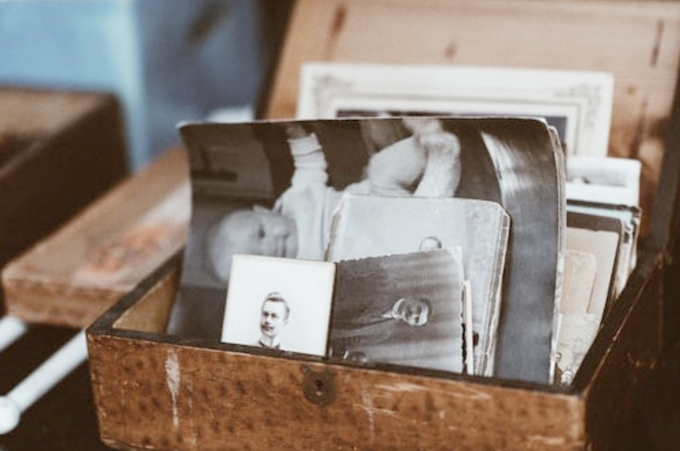In 2015, after working in the organizing field for about a year, I read Marie Kondo’s book, The Magic Art of Tidying Up. Although I was very organized already, I decided to go through her process because I’m always interested in experimenting with new organizing techniques. I thought, “this will be so easy — I’ve been getting rid of stuff since I was 9.” Ha, was I wrong. I soon became very aware of my attachments and, like many people, realized I had many things I didn’t use or like. Upon reflection, I noticed that had a “what if” attachment to most of my unnecessary items. Different types of attachments also surfaced while working with clients, and I ended writing a blog, identifying three types of attachment; what if’s, guilt and spending to much on an item.
Being aware of what’s going on internally and going through a process to address attachment styles is the only way people will see a real change in their external environment.

Which Attachment Types do you connect to?
1. Attachment to beliefs
Beliefs show up in many places, how we think things “should” be done. We have moral and ethical belief systems, and ideals of how the world “should” look. When looking to make change in our lives, big or small, it is integral to challenge these belief systems. Do you connect to any of the below?
a. Beliefs about our identity or ability: “I can’t keep things clean, I’ve always been a scatterbrain”.
b. Beliefs about money: “I can’t afford the best quality, so I’ll buy this for now”.
c. Beliefs about capacity: “I don’t have the time to get organized”.
d. Beliefs about how things should be done: “I always have to do things myself to get them done properly”.
Ask yourself:
What belief systems do you have?
Which ones affect the way you live your life?
How might these beliefs be wasting time or creating clutter in your life?
2. Attachment to Habits
How long have you been doing tasks the same way? Do you ever consider other options to be more efficient, effective or enjoyable?
Our daily habits are informed by our belief systems. It’s easy to do things on autopilot and ignore how our habits may be creating unnecessary clutter in our lives — everything from how we do our laundry, organize our space or grocery shop. When we do the same thing over and over it becomes robotic, which may sound great but it actually takes us away from being present and prevents us from growing.
Sticking firmly to all of our habits can get in the way of use finding alternative ways to do things that would benefit us long term to live the life we want. Every small action is part of a larger picture. It can also be uncomfortable to learn something new and/or admit we could have been doing it a different all along. However, I invite you to embrace change and embrace being adaptable because it’s what makes us stronger, grow and be able to push through unfounded belief systems.
Ask yourself:
What habits do you have that are stopping you from living the life you want?
Which ones would you like to challenge or change?
What new habits can you introduce to simplify and declutter your life?
3. Belonging + Belongings
Do you buy similar items to your friends?
Do you follow clothing trends?
Do your conversations revolve around things you have in common?
Things can give us a sense of belonging in our circle of friends, our community and at work. Material goods often accumulate because of the desire to belong – I challenge you to look at ways that you feel you belong because of your belongings. If this resonates with you, think about the way your actions connect you to others. Focusing more on shared values and actions can impact your clutter in a surprising way.
Ask yourself:
The next time you buy something, do you really need it or are you buying it to feel accepted by others?
4. Emotional + Interpersonal
We are all attached emotionally to our belongings one way or another and everyone has sentimental items. We attach memories, feelings, and sometimes our worth to our belongings. If we live our life without ever letting go of the memories attached to items, we will end up being surrounded by clutter.
Attachment in our lives comes in countless forms and can be a barrier to change. It often speaks to our emotional well-being and is reflected in our physical spaces, relationships and actions.
Way to let go of your attachements
I’ve mentioned the three steps involved in the process of change: awareness, acceptance and action. Once you have a sense of your attachment and answer the questions above, you’ll get a sense of what is holding you back and what you can do to start moving forward. This awareness will bring you the insight and freedom to make the change needed to clear the clutter in your life.

